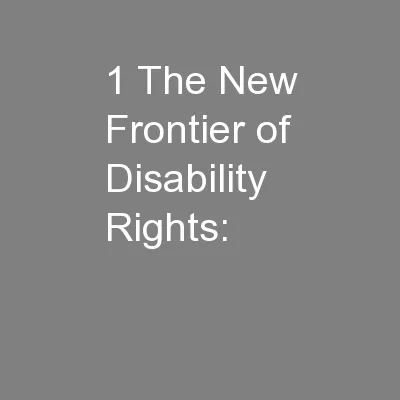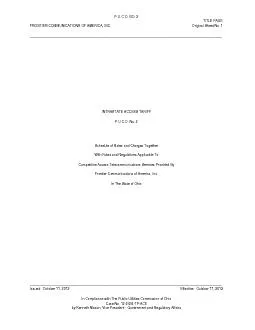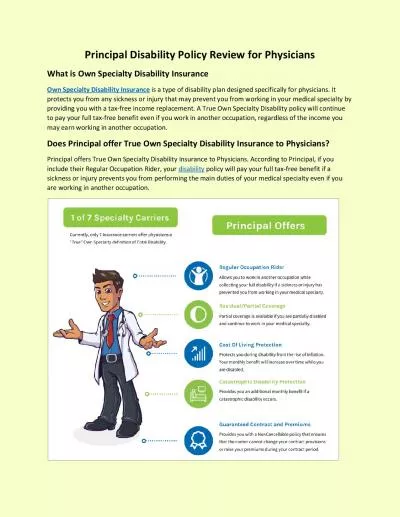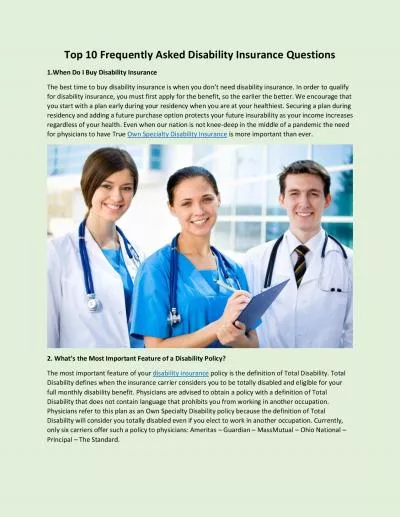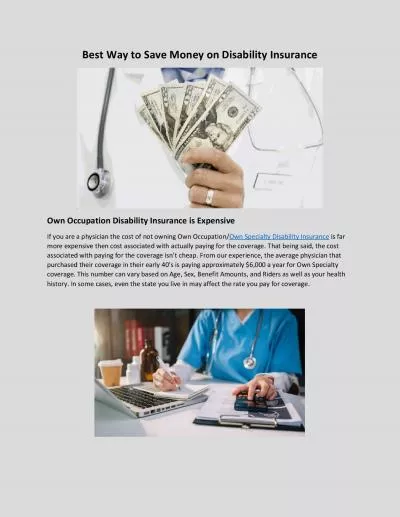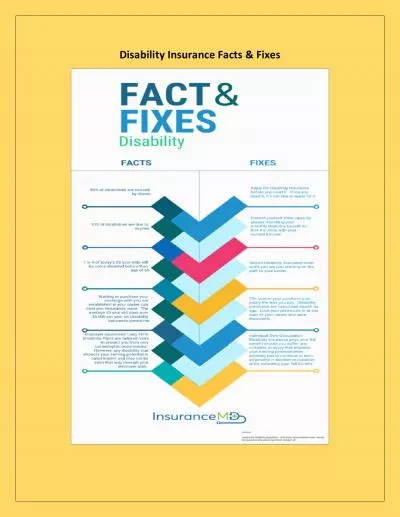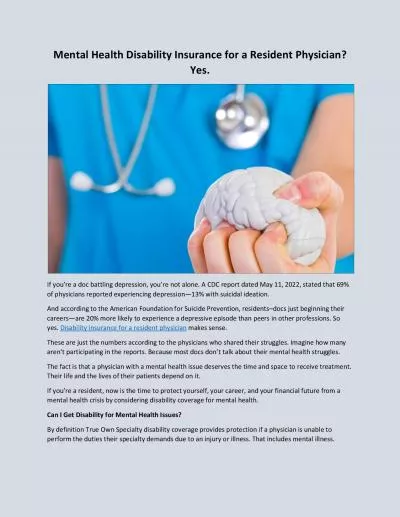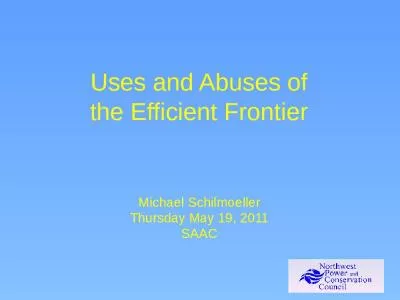PPT-1 The New Frontier of Disability Rights:
Author : pasty-toler | Published Date : 2016-05-09
Introduction to ChildCustody Rights of Parents with Disabilities August 27 2014 300 pm 430 pm EDT Presenters Kelly Buckland Ella Callow Megan Kirshbaum What
Presentation Embed Code
Download Presentation
Download Presentation The PPT/PDF document "1 The New Frontier of Disability Rights:" is the property of its rightful owner. Permission is granted to download and print the materials on this website for personal, non-commercial use only, and to display it on your personal computer provided you do not modify the materials and that you retain all copyright notices contained in the materials. By downloading content from our website, you accept the terms of this agreement.
1 The New Frontier of Disability Rights:: Transcript
Download Rules Of Document
"1 The New Frontier of Disability Rights:"The content belongs to its owner. You may download and print it for personal use, without modification, and keep all copyright notices. By downloading, you agree to these terms.
Related Documents

